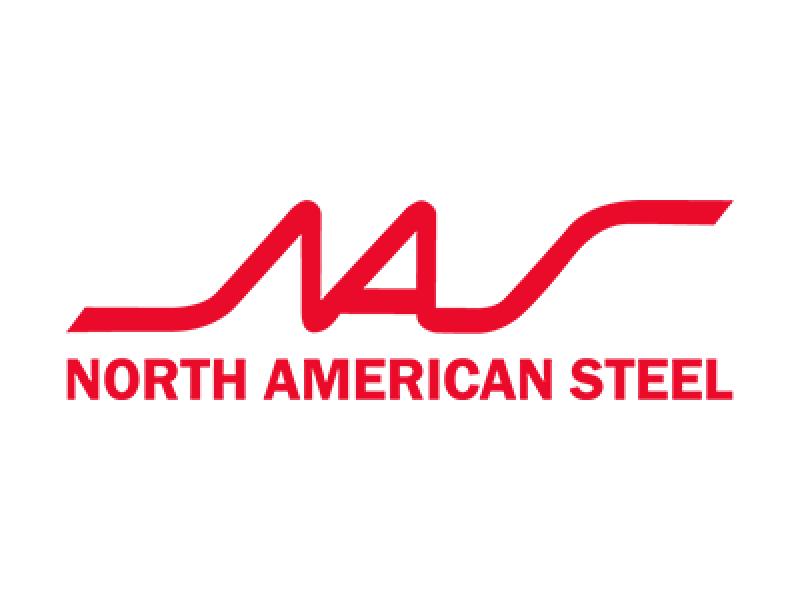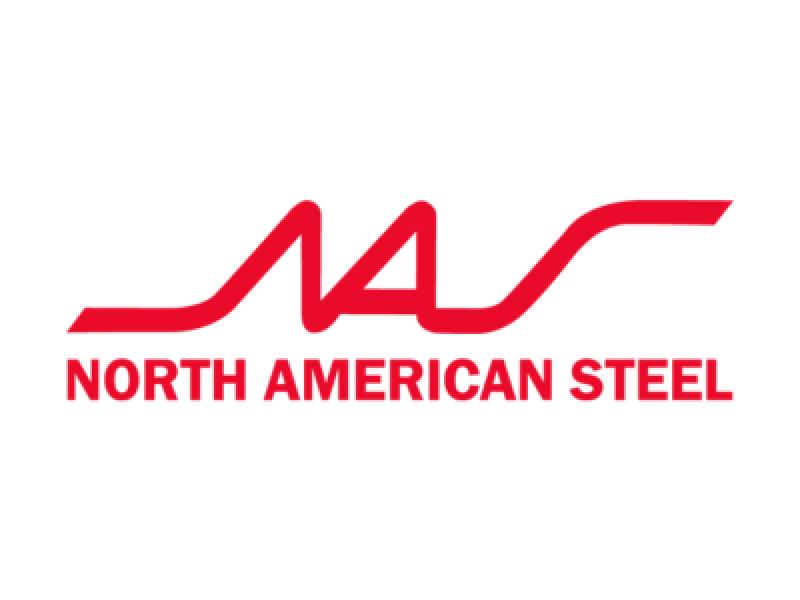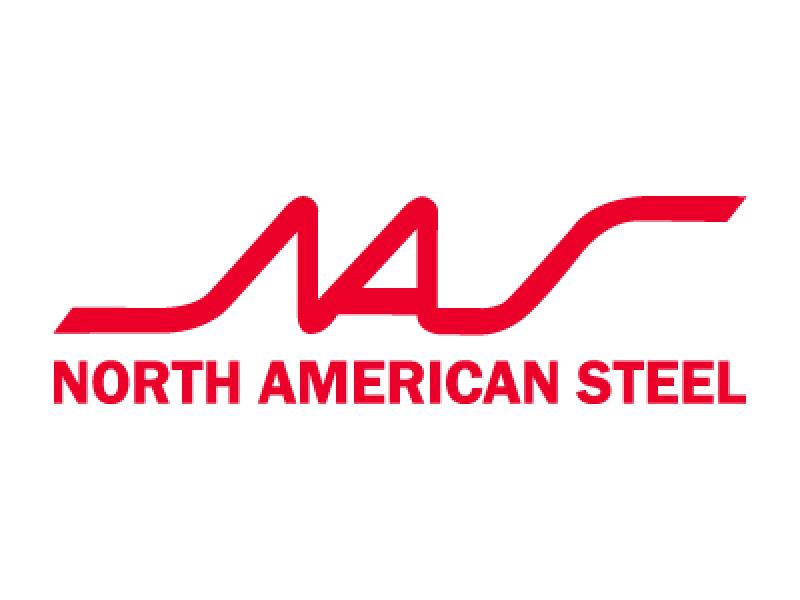
In the dynamic world of industrial real estate, the challenge of maximizing storage within existing square footage is ever-present.
As industrial real estate agents and brokers, guiding your clients through these challenges, especially in older buildings with larger square footage but lower ceiling heights (16-22 feet), is crucial. The landscape is changing, and the solution might be simpler than moving to a new location. Let’s explore how your clients can achieve more storage space by taking advantage of increased cubic footage with less square footage and why modernizing could be the key to unlocking significant savings and efficiency.
The current market scenario
Older industrial buildings, with their substantial square footage but relatively low clear heights, present a unique challenge. These buildings, typically ranging between 16 to 22 feet in clear height, were designed for a different era of logistics and storage needs. On the other hand, new builds come with higher clear heights (36-40+ feet), superior infrastructure, and adherence to modern building standards. Interestingly, the market rate cost per square foot between these older buildings and new constructions is quite close, which begs the question: why renew a lease at a higher rate in an outdated facility when you can modernize your operations by moving to a new, taller building?
The case for modernization
Let’s break down the numbers. Consider an older building with 100,000 square feet of space and a 16-foot clear height. This setup might offer around 7,920 pallet positions. At a cost per square foot plus TMI (Taxes, Maintenance, and Insurance) of $19.15, the total annual cost would be approximately $1,915,000.
Now, compare this with a modern facility with a smaller 34,000 square foot footprint but a 40-foot clear height. This new space can accommodate around 7,992 pallet positions. Even with a higher cost per square foot plus TMI of $23.86, the total annual cost is significantly reduced, resulting in a 58% savings, equating to over $1.1 million annually. Moreover, this approach results in a 66% reduction in square footage by leveraging cubic footage with taller racking systems.
Advantages of moving to a modern facility
Space efficiency
One of the most compelling reasons to consider moving to a newer facility is the efficient use of space. With taller racking systems, companies can store more inventory vertically, reducing the need for sprawling square footage. This not only saves on real estate costs but also improves inventory management and retrieval times.
Cost savings
While the initial cost per square foot might be higher in a new build, the overall cost savings are substantial. By shrinking the overall footprint and maximizing vertical space, companies can achieve significant reductions in rent and other associated costs. These savings can quickly offset the costs of moving and modernizing equipment.
Modern infrastructure
Newer buildings come equipped with modern infrastructure that supports better energy efficiency, advanced safety features, and enhanced operational workflows. These facilities often adhere to LEED or net-zero standards, providing additional savings through reduced energy consumption and potential tax incentives.
Improved productivity
Modern facilities are designed with current logistics and operational needs in mind. This means better layout designs, improved lighting, advanced HVAC systems, and more efficient material handling equipment. All these factors contribute to a more productive and safer working environment, which can further enhance the bottom line.
Environmental benefits
Sustainability is a growing concern for many businesses. Moving to a modern building with LEED or net-zero certification can significantly reduce a company's carbon footprint. These buildings are designed to be more energy-efficient, use sustainable materials, and often incorporate renewable energy sources, aligning with corporate social responsibility goals and improving brand image.
Guiding your clients
As industrial real estate professionals, your role in guiding clients through these decisions is crucial. Here are a few key points to highlight when discussing the benefits of moving to a modern facility:
1. Analyze the numbers: Show your clients a detailed cost comparison between staying in an older building and moving to a new facility. Highlight the potential savings in rent, operational costs, and the benefits of modern infrastructure.
2. Focus on efficiency: Emphasize the importance of maximizing cubic footage rather than just square footage. Explain how taller racking systems can significantly increase storage capacity without expanding the building's footprint.
3. Highlight the long-term benefits: Discuss the long-term advantages of modern facilities, including better energy efficiency, improved safety standards, and potential tax incentives. These factors can contribute to long-term savings and operational efficiency.
4. Environmental impact: Illustrate how moving to a modern, sustainable building can enhance their corporate social responsibility profile and meet growing environmental standards.
Conclusion
In today's competitive market, achieving more storage space with less square footage is not just about cost savings; it's about efficiency, sustainability, and future-proofing operations. By guiding your clients towards modern facilities with higher clear heights and advanced infrastructure, you can help them realize significant savings and operational improvements. The shift from older, sprawling warehouses to compact, efficient spaces represents a strategic move towards a more sustainable and profitable future.
North American Steel, a leading pallet racking manufacturer and service provider, is at the forefront of this transformation, offering innovative solutions to maximize storage efficiency. By leveraging our expertise, you can provide your clients with the tools they need to thrive in today's dynamic industrial landscape.











